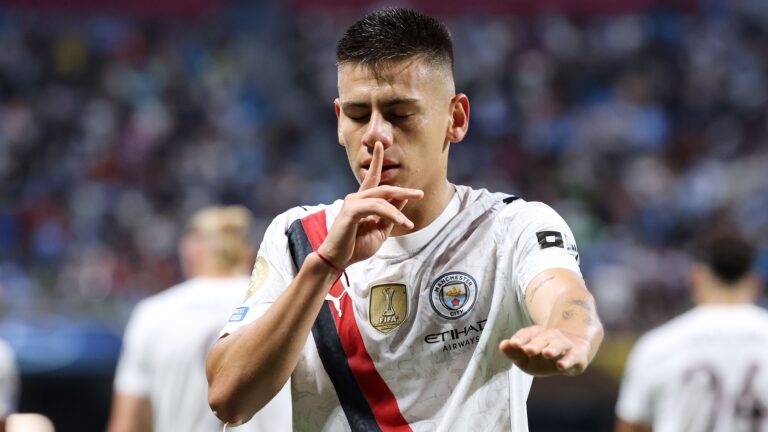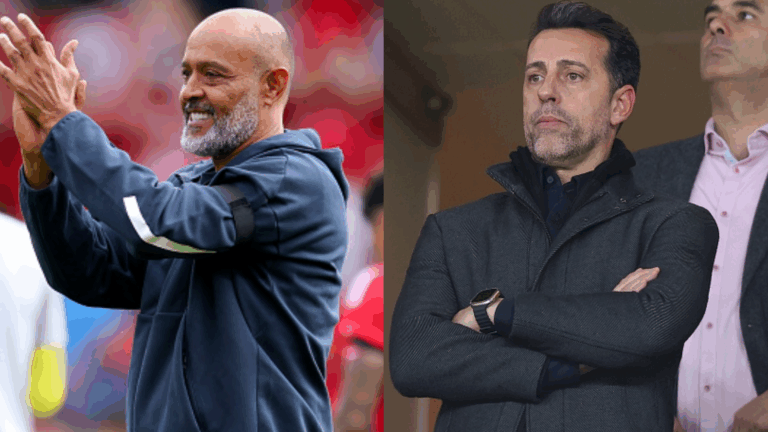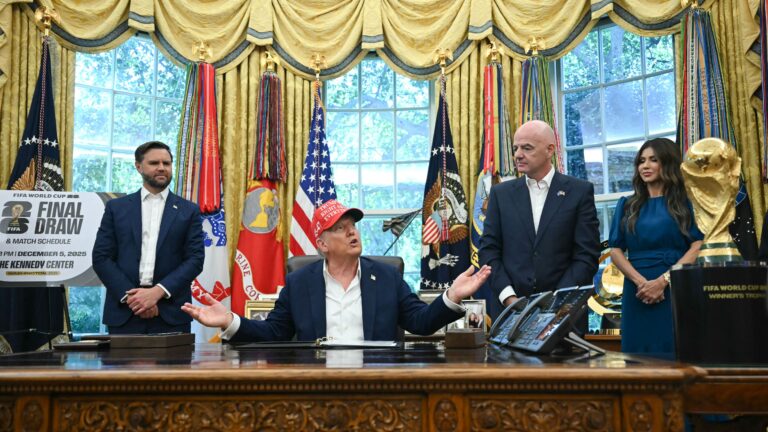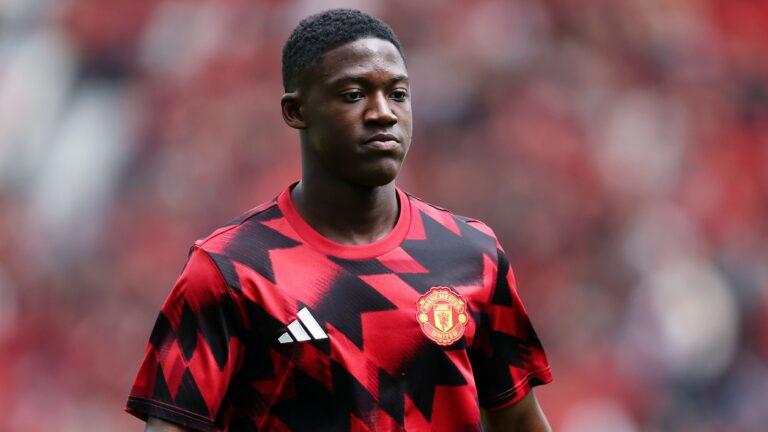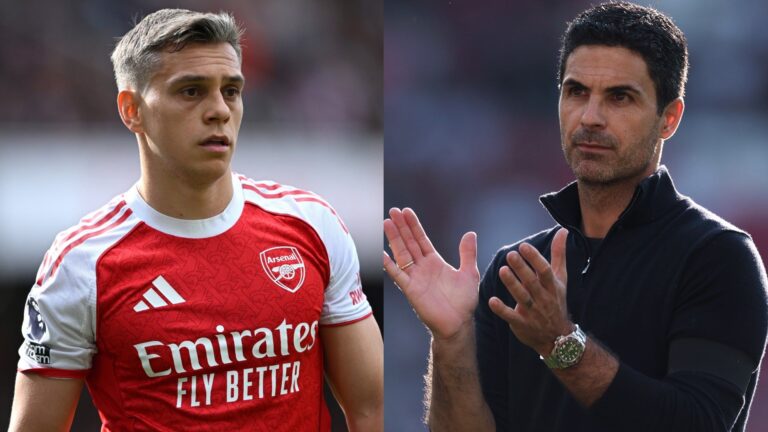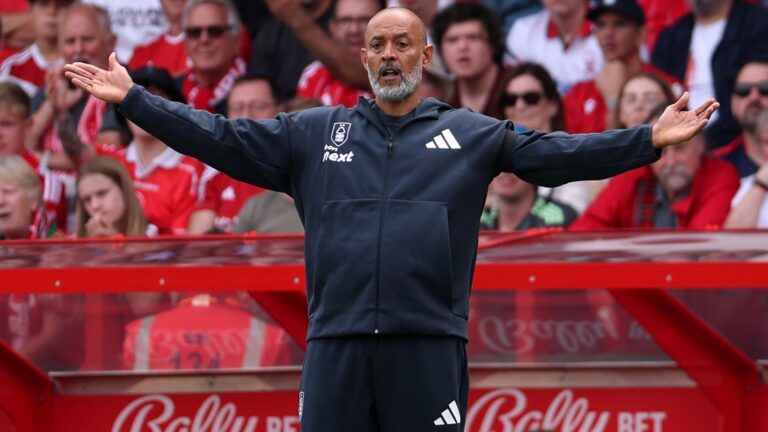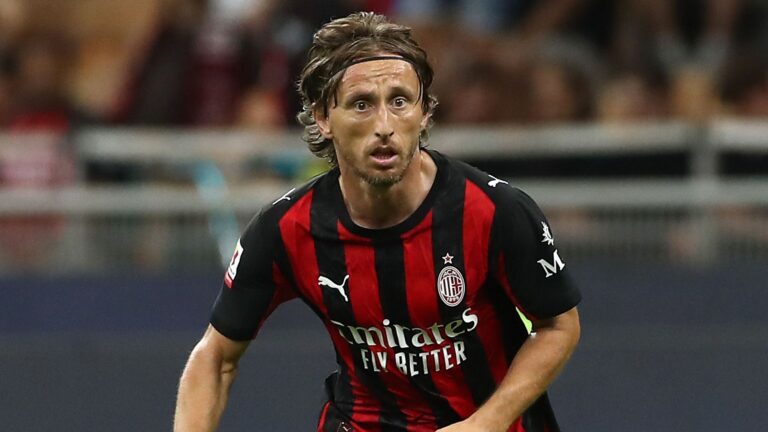In the beginning, for San Diego FC, it was three guys in a room, with laptops, and a club to form. They didn’t have a manager, technical staff or any players. Instead, they had data – lots of it.
It was an odd environment, at first, San Diego Sporting Director Tyler Heaps admitted. There were numbers to be crunched, players to be analyzed, and previous examples to be studied. It was hard to know where to start.
Well, that was just more than a year ago, and San Diego are now not only the best team in the Western Conference, but also have a decent claim – through 25 games – to being the best MLS expansion franchise in recent memory. Their expansion – pun intended – has been a rapid, data-driven approach in which an incoming club cut through noise, expectations and soccer preconceptions to construct a team capable of competing in MLS. Immediately.
And their dreams aren’t exactly slowing down.
“There’s still a ways to go, but so far so good,” CEO Tom Penn told BALLGM.








In the beginning, for San Diego FC, it was three guys in a room, with laptops, and a club to form. They didn’t have a manager, technical staff or any players. Instead, they had data – lots of it.
It was an odd environment, at first, San Diego Sporting Director Tyler Heaps admitted. There were numbers to be crunched, players to be analyzed, and previous examples to be studied. It was hard to know where to start.
Well, that was just more than a year ago, and San Diego are now not only the best team in the Western Conference, but also have a decent claim – through 25 games – to being the best MLS expansion franchise in recent memory. Their expansion – pun intended – has been a rapid, data-driven approach in which an incoming club cut through noise, expectations and soccer preconceptions to construct a team capable of competing in MLS. Immediately.
And their dreams aren’t exactly slowing down.
“There’s still a ways to go, but so far so good,” CEO Tom Penn told BALLGM.
San Diego FC was an interesting proposition from day one. The expansion franchise was one of those that just made sense. The city had all of the right characteristics for MLS – demographics, market size, area appeal. But a professional franchise had yet to get off the ground.
The nearby San Diego Loyal had their fans, but the USL Championship side folded in 2023. And while the San Diego Wave were a talent factory in NWSL, there was room for a men’s soccer setup to get to work.
“Nothing brings an entire community together like a properly executed sports team,” Penn said. “These are the modern day campfires that bring everyone together for shared experiences where you cheer and hug and cry together.”
But saying the right things, paying a $500 million expansion fee, and getting the goodwill of league commissioner Don Garber is one thing. Actually building a team that can compete, without an academy, is another altogether. Yet San Diego have done it in style.
Their big advantage is the Right to Dream system. In 25 years, Right to Dream has gone from a talent identification center founded by a former Manchester United scout to a global football empire, owned by a conglomerate worth billions. It is truly a remarkable soccer story.
Tom Vernon, Man United‘s former head scout in Africa, started an independent boys’ training school in Accra – mostly relying on volunteers. Over time, further academies popped up around Africa, while American colleges started to show interest in bringing in talent on scholarships.
Investment into professional soccer clubs followed. As of 2025, Right to Dream is involved in three professional clubs: Denmark‘s FC Nordsjælland, Egypt’s FC Masar, and, most recently, San Diego FC. The academy has developed more than 150 professionals from scratch.
That’s where Heaps came from. He joined the Right to Dream network in 2023, and immersed himself in the system entirely. He traveled to Ghana, Egypt and Denmark – and spent most of his time listening.
“I’m a person of few words, and I’m so used to being behind the scenes and working that I quite enjoyed just listening to people and learning from people,” Heaps said.
Within a year of joining the system, he was running recruitment at Nordsjælland, while also offering advice to San Diego as the franchise began to take shape. San Diego officially announced him as their sporting director in August 2024 – making him the youngest one in the league.
“My background is quite unique,” he says. “It’s football, but it’s also objectivity and numbers and finance. And so I kind of tried to understand everything. I don’t foresee myself being an ‘expert’ in anything, but I just try to have a really good knowledge of a number of different subjects.”
And a good thing, too, because Heaps was handed a glut of information and numbers. Some of it came from his own experience with Right to Dream. Others were from third parties and consultants. His first task was deciding what, exactly, was applicable.
“We had a lot of third-party consultants that put together a lot of information, largely before I arrived, so I kind of tried to take in all of theirs, and took some of it on. Some of it maybe wasn’t relevant,” Heaps said.
As a result, San Diego were sometimes painstakingly cautious. They evaluated everything, asking questions about where their model could succeed, and where it might fail. Without a true academy setup, it was admittedly difficult. There were no extra options to throw into the team, no pre-developed talent to flesh the squad out should things fall apart.
So they consumed as much information about players as they possibly could. A small staff watched hours of MLS and MLS Next Pro. They identified free agents that could make an impact while still keeping the ownership under the league’s restrictive salary cap.
“It was a daunting task, but I think we have really good people, and we used our network,” Heaps said. “We were fortunate that we have a lot of people that have been across a lot of different environments, and so they reached out and got insights.”
And as important as it was to sign the right players, it was equally vital to avoid the wrong ones. San Diego needed to be agile, forward thinking, and looking into the areas where others weren’t. That meant ignoring the wrong offers.
“I think we got offered every bad contract in the league,” Heaps said. “The good part about being an expansion team is that you don’t have bad contracts. So we were able to avoid those mistakes.”
The early names didn’t exactly jump off the page. San Diego brought in, effectively, a variety of question marks. Mikey Varas had a brief stint as the USMNT’s interim manager before Mauricio Pochettino was hired, but hadn’t coached a single minute of Major League Soccer.
Meanwhile, their first signings, European journeymen Jeppe Tverskov and Marcus Ingvartsen, were largely unknown by those in America who weren’t Football Manager addicts.
“We had six players for a long time, and no one knew who any of them were,” Heaps said.
And then came the big swing. Hirving “Chucky” Lozano was disgruntled at PSV, and falling out of the picture for the Dutch giants. A new era was on the horizon, and it was clear that he wouldn’t be a part of it. San Diego struck, bringing in one of the most famous Mexican footballers on the planet as the first Designated Player signing in club history.
He has offered a certain star power and marketable verve for a team that otherwise seemed to be about the collective. San Diego needed to sell jerseys, and Lozano offered the perfect way to do so. It helped, too, that he still has some football left in him – something his 15 goal contributions in 20 games has proved.
“He’s different from the rest of us in that he has to manage all of the attention,” Tverskov said. “His life can be a little different than ours… but he’s ended up getting really into how we want to do everything.”
Otherwise, though, the front office was fairly frugal. In January, they brought in Luca de la Torre on loan and signed Anders Dreyer to a permanent deal. The latter was a designated player, but he makes $2.3 million per year – hardly a massive outlay for a player who operates outside of standard salary cap restrictions.
“Outside of Hirving, I would argue that we’re probably among the bottom five spenders in the league,” Heaps said.
And then there was the question of fandom. MLS clubs are hard to get off the ground. Clubs can say all of the right things, put out all the right statements, but cultivating an identity for something that is effectively a $500M transplant into a community that had never had a top men’s soccer team is no easy task
Penn seemed, from the outside, at least, the right person for the job. He was tasked with building LAFC in 2017, and went from a man with no soccer experience to a go-to guy for fleshing out a football club in Southern California.
“At LAFC, it was a once-in-a-career opportunity to start a career from nothing. Now it’s what I do,” Penn joked.
But it wasn’t simply a case of taking the LAFC roadmap and applying it to San Diego. Back then, his remit was clear. Los Angeles already had a team, loosely, in the Galaxy, who play in nearby Orange County. But the city itself was crying out for a franchise – albeit one that could position itself differently. He spearheaded an attempt to make LAFC Hollywood, routinely attended by celebrities and defined by its black and gold colorway. It worked a charm, and LAFC has become one of the coolest and most marketable teams in the league.
San Diego, outside of MLB’s Padres, was a blank canvas. The NBA’s Clippers and NFL‘s Chargers had both relocated to Los Angeles long ago, and the Loyal had something of a presence. So, the soccer community certainly existed. It was just a question of finding it. A Latino population of 1.14 million in San Diego County was evidence enough that there might, by the numbers, at least, be some sort of interest.
The fact that droves of American-based fans routinely crossed into Mexico to attend Chivas Guadalajara games also offered promise.
“In this part of the country, football is in everybody’s blood,” Penn said. “And there’s so much natural passion for something that if it’s properly executed, they want to be a part of it, and they’ll feel a part of it, and they’ll represent it.”
The schedule wasn’t kind to San Diego early on. Their first fixture was a trip to reigning MLS Cup champions LA Galaxy. And while some 1,000 SDFC fans made the trip, it still seemed set to be a long night.
But Dreyer had other ideas. He found the back of the net twice to secure a 2-0 road win that really should have been more convincing. San Diego, in fact, thoroughly outplayed their northerly neighbors, outshooting them and proving a constant threat with their directness on the break.
It set the tone for the rest of the season, which has never really slowed down. They have beaten every team in the Western Conference, and are four points off Philadelphia in the Supporters’ Shield race. The stats make for fine reading, too. San Diego have scored the second most goals in the league, registered the most assists, and have the second most passes completed.
More than 34,000 fans showed up for the season opener and were treated to some remarkably entertaining soccer. San Diego weren’t only just good, they were immense fun to watch.
“It’s been incredible so far. We are playing in a way that suits the whole team,” Dreyer said.
Fan support since has been impressive. Snapdragon is one of the tougher venues in MLS, and the expansion franchise has averaged more than 28,000 fans per game – fourth highest in the league, despite the Southern California heat.
“The support and the atmosphere that they create at Snapdragon is not something that you just get in football, but they have just been there from day one. And they are supporting us no matter what,” Dreyer said.
Three San Diego players were selected as MLS All-Stars. First-overall pick in the 2024 SuperDraft Manu Duah has impressed since being worked into the team in July. Lozano has missed a handful of games, and is yet to find his best form, yet SDFC are top of the West. Dreyer is among the best players in MLS – and will be in the MVP conversation.
“The way we play in San Diego is the way that, when I look at football, that’s how I want to play football,” Dreyer said. “I love to have the ball. I love to be creative and take risks in the last third.”
Lozano, one of the biggest name-value signings in the league, is being kept happy, too.
“We have to work very hard, so we’re always doing things very well, and we’re taking it step by step. The objective is to be at the top, and we’re working very, very hard for that,” Lozano said.
This all clashes with the expectations early on, of course. Expansion franchises are supposed to struggle, especially when they’re trying to build something sustainable.
“I think most people probably thought we would be sh*t, to be honest,” Heaps said. “Even the league office, I think thought we were going to be sh*t, because it was such a quick turnaround to become a reality. I do believe a lot of people thought we would struggle.”
There are some cautionary tales, of course. St. Louis CITY topped the West in their inaugural year, but crumbled in the playoffs – and haven’t found any sort of consistency since. SDFC have played just 25 MLS games, and were knocked out early in Leagues Cup. A lot can go wrong.
Still, everything is geared towards success. San Diego play the same way, every game, to a fault. If no one figures them out, they are MLS Cup contenders. In short, the signs are good, and they will likely be in the picture deep into the postseason.
What started with four guys, a laptop, and a bunch of data, might just turn out to be something special. “In this American playoff system,” Heaps said, “anybody can win.”


